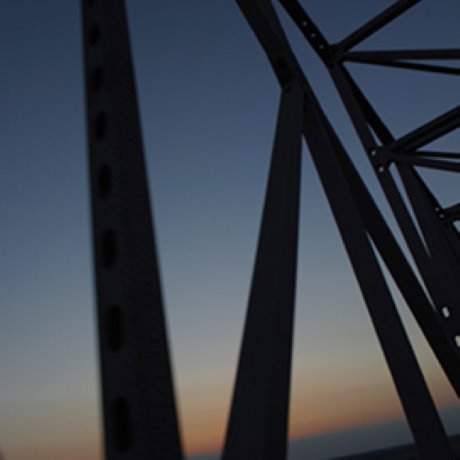New data is shedding light on the District of North Vancouver’s crippling traffic problem.
Growing home redevelopment and an aging infrastructure system may be to blame, but according to the region’s mayor, the problem and its solution aren’t simple. District of North Vancouver Mayor Richard Walton said that roughly two years ago the district thought things would get better after construction of highway improvements through Burnaby and the Port Mann project had wrapped up.
They waited and the easing of congestion never seemed to come.
"Almost immediately, you ended up with backups that they assumed would dissipate," Walton said.
In February, it was announced that Ministry of Transportation and Infrastructure was undertaking a study with a consultant to review traffic operations on Highway 1, focusing on the approaches to the Iron Workers Memorial Bridge.
The results show that the total number of vehicles crossing the bridge had increased significantly, rush hour traffic is no longer directional but evenly split and afternoon congestion is now common. According to the ministry, traffic growth and congestion has most significantly increased in what have traditionally be thought of as the "counter-peak" direction.
After reviewing traffic data with other district records, researchers found that this growth corresponds to rise in employment and building activity, rather than population growth.
Walton explained that many of the homes on the North Shore were built decades ago.
The past five years have seen a boom in owners wanting to renew these homes, triggering a wave of subtrades, who can’t afford to live on the North Shore but brave the commute from Burnaby, Coquitlam, Surrey and Langley.
"We are probably about five years in to an accelerated rebuild, right across the North Shore, which we expected to peak in the next 10 years … Now I am not blaming folks coming from Surrey and Langley, who are coming here and providing good value and working hard, but the issue is that it has created the reverse commute," Walton said.
Building and demolition permits grew by 3.9 percent per annum over the last five years. Jobs filled by workers south of Burrard Inlet increased from 17,000 to 19,600.
Amplifying the increased volume is aging, outdated infrastructure.
The North Shore interchanges were designed and built more than 50 years ago. The report states that they don’t meet modern best practices for weave distances, sequential space or barrier distances.
This has led to "peak spreading" meaning a longer rush hour, now extends from 2 p.m. to 6 p.m.
"What was interesting of course, and not unexpected, is that the worst performing component of the highway of that section is in the District of North Vancouver," said John Schnablegger, regional manager of programing, partnerships and planning for the Ministry of Transportation.
He said that on Highway 1 average daily speeds are over 100 km, but in the district, during peak drop to 20 or 30 km.
"The reason for this is, of course, the old interchanges have a number of issues," he said.
He explained that the ministry has developed a $120 million plan to correct this. The first component, building a new Mountain highway interchange, is already underway.
Plans for upgrading the other interchanges are in progress. Schnablegger said that assuming all the partnerships work out, the entire process should take about five years.
In the meantime, Walton said there are two ways to improve the entire Metro Vancouver transportation system. First, he is an advocate for mobility pricing meaning one would pay tolls or fees to access roads or bridges during peak hours. He said this would cause people to spread the volume out, easing congestion.
"It needs to be done on a regional basis with a very clear set of principles," he said. "You can’t just do one bridge arbitrarily and not another one."
Schnablegger said this is not something the ministry is considering and that the interchange projects will fix the district’s traffic woes.
"The section that has to be reconstructed will perform the same way, once it is reconstructed – that’s a little more than you could be expected with pricing strategies," he said.
Walton said the area could also use the revenue generated to improve transit and roads.
Walton’s second solution is: All transportation infrastructure in Metro Vancouver – roads, bridges, SkyTrain, buses and highways, – need to be overseen by a single entity.
"When you are talking about investing billions in movement and mobility for a city, every dollar has to compete, because it all has an impact," he said, explaining that the completion of the Port Mann bridge merely shifted traffic to the Cassiar Tunnel and the Ironworkers Memorial Bridge rather than improving the entire system.
"You need all of those decisions to be made by one entity that can model the cause and effect, look at timing and chain reaction throughout. As cities grow you need more sophisticated responses and analysis," he said, adding that the recent study by the Ministry of Transportation is an important step to getting a good base of data to make decisions.











Recent Comments
comments for this post are closed